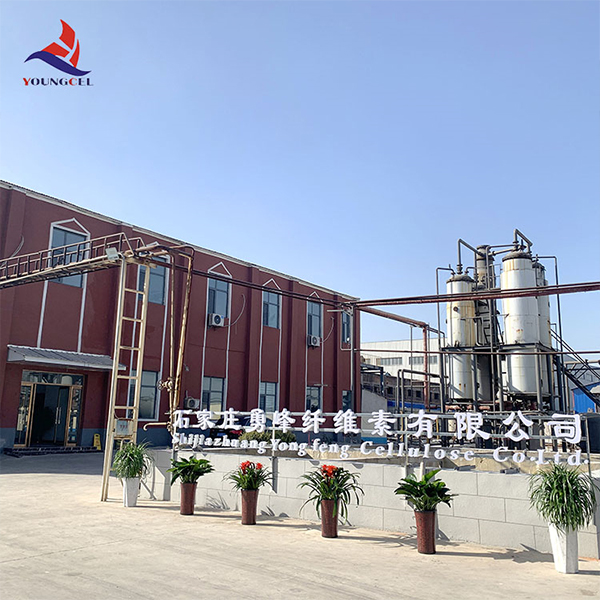Chemicals Used in Paints A Comprehensive Overview
Paints are an integral part of our daily lives, used for everything from home decoration to industrial applications. Understanding the chemicals used in paints is crucial for both consumers and manufacturers, as these substances can significantly affect the quality, performance, and environmental impact of the final product.
At the core of paint formulations, we often find four primary components pigments, binders, solvents, and additives. Each of these contributes distinct properties to the paint.
Chemicals Used in Paints A Comprehensive Overview
Binders, also known as resins, are crucial as they hold the pigment particles together and ensure adhesion to surfaces. They form a film when the paint dries, offering durability and resistance to environmental factors. Acrylic, alkyd, and epoxy are some of the popular binder types. Each has unique properties, with acrylics being favored for their flexibility and low toxicity, while epoxies are valued for their strength and chemical resistance.
chemicals used in paints

Solvents play a vital role in the formulation of paints by dissolving the binders and adjusting the viscosity, making application easier. Traditionally, petroleum-based solvents were common; however, there has been a noticeable shift towards water-based alternatives due to environmental concerns. Solvents not only affect the drying time but also the paint's finish, whether matte, satin, or glossy.
Finally, additives enhance specific characteristics of paint. These can include agents that improve flow and leveling, stabilizers, and antifungal agents that prevent mold growth. Each additive is selected based on the intended use of the paint, be it for indoor walls, outdoor surfaces, or specialized industrial applications.
With increasing awareness of health and environmental issues, manufacturers are researching eco-friendly alternatives to traditional paint chemicals. This shift is leading to the development of low-VOC (volatile organic compounds) and no-VOC paints, which reduce harmful emissions and contribute to healthier indoor air quality.
In conclusion, the chemistry behind paints is intricate and essential for achieving desired results in both functionality and aesthetics. As the industry evolves, a focus on sustainability and safety continues to reshape the formulation of paints, benefiting consumers and the environment alike.
-
Rdp Powder: Key Considerations for Wholesalers in the Building Materials IndustryNewsJul.08,2025
-
Key Considerations for Wholesalers: Navigating the World of Hpmc - Based ProductsNewsJul.08,2025
-
Hpmc Detergent: Key Considerations for WholesalersNewsJul.08,2025
-
Key Considerations for Wholesalers: China Hpmc For Tile Adhesive, Coating Additives, Concrete Additives, and MoreNewsJul.08,2025
-
Crucial Considerations for Wholesalers: Navigating the World of Construction MaterialsNewsJul.08,2025
-
Key Considerations for Wholesalers Sourcing Additive For Cement, Additive For Concrete, Additive For Putty from Additive Manufacturer Shijiazhuang Gaocheng District Yongfeng Cellulose Co., Ltd.NewsJul.08,2025




